Tulsi Chakraborty: The actor who ruled the Bengali cinema with pure comedy and talent
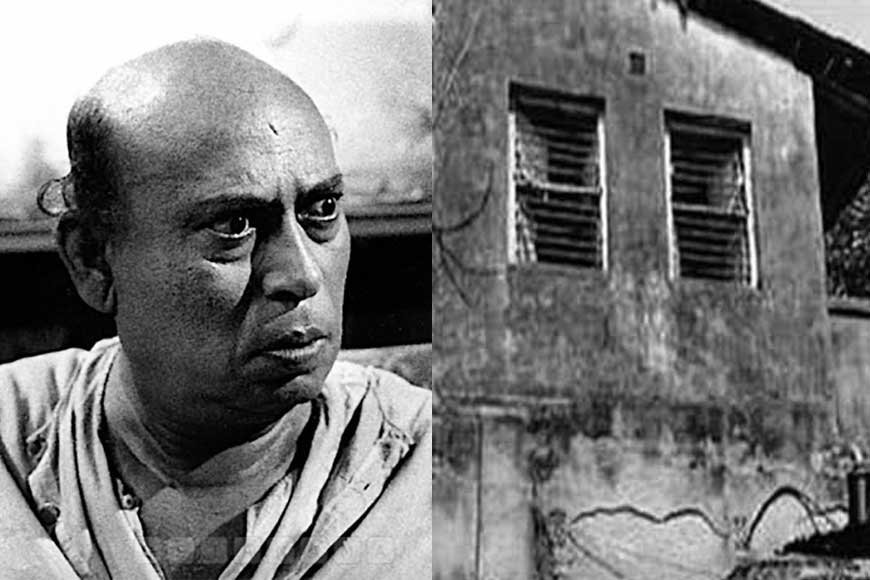
He was one of the greatest comedians of all time and undoubtedly one of the finest actors to have graced the Bengali screen. In a galaxy that included comic thespians like Bhanu Bandopadhyay, Jahar Roy, Santosh Dutta and Rabi Ghosh --- Tulsi Chakraborty’s contribution is still remembered with much fondness and respect, in particular, his performance in Satayjit Ray’s film, Parash Pathar (The Philosopher’s Stone) released in 1957 that immortalized him. “He would have been an Oscar-winner, had he been an American citizen,” Ray had once opined about Chakraborty.
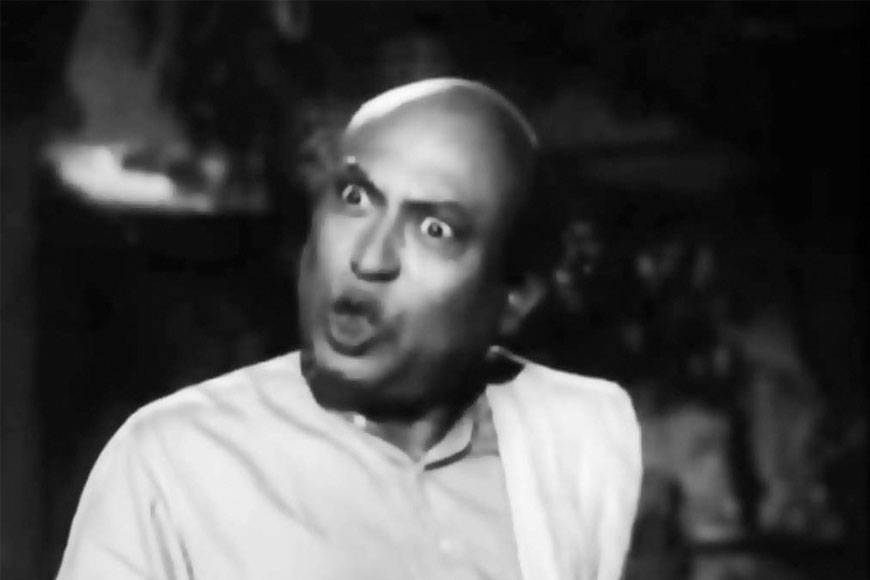
The tin-roofed brick and mortar structure stands at the end of a very narrow serpentine lane that twists and turns without giving prior warning to visitors not familiar with the area. Howrah is an ancient town where a walk through the arterial lanes and by-lanes will lead to heritage sites that remain hidden from public view.
Chakraborty was a humble man, popular as a comedian, loved by his colleagues and revered by his co-actors like Chhabi Biswas and film director Satyajit Ray, who saw beyond the unassuming actor and could fathom the punch that he carried with ease. Even at the peak of his career, Chakraborty lived simply. He lived with his wife Usha Rani, in a small house in Khurut in Howrah. He always travelled by public transport and he could be spotted quite often travelling by tram or bus from Tollygunge to Howrah. He died in 1961 in the house where his wife continued living till her death a decade ago. The couple did not have any offspring and after her death, the dilapidated house has been lying vacant.
On the occasion of Chakraborty’s 122nd birth anniversary on March 3, residents of Khurut in central Howrah demanded the house No 2 on Kailash Bose Third By-lane, where the actor lived and breathed his last, be declared a heritage building. This would ensure proper upkeep of the rickety structure that lies in ruins now. They also want the municipal authorities to install a sculpted bust of the actor in front of the house to acknowledge the brilliant actor’s contribution to Bengali cinema. The inmates of the house are long gone but the abode remains, a mute witness to the changing times.
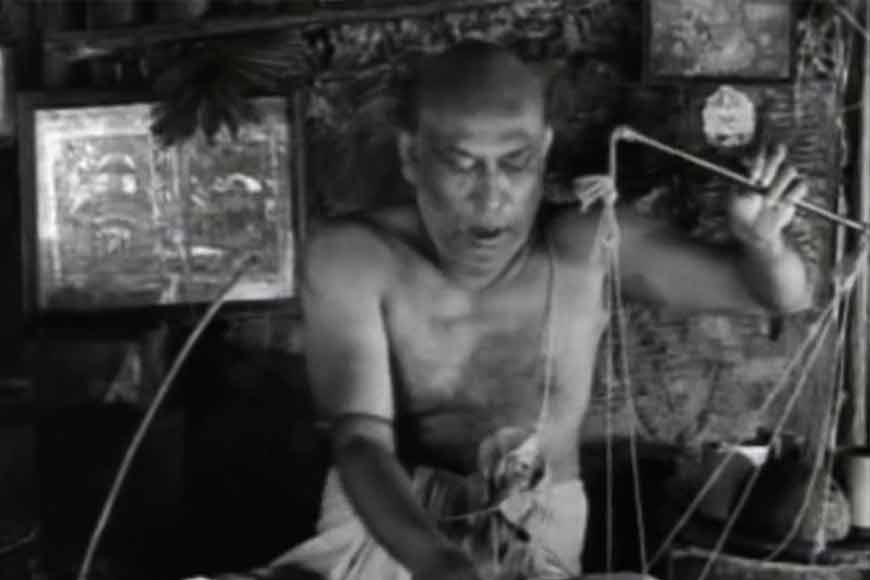
Chakraborty was a humble man, popular as a comedian, loved by his colleagues and revered by his co-actors like Chhabi Biswas and film director Satyajit Ray, who saw beyond the unassuming actor and could fathom the punch that he carried with ease. Even at the peak of his career, Chakraborty lived simply. He lived with his wife Usha Rani, in a small house in Khurut in Howrah.
The tin-roofed brick and mortar structure stands at the end of a very narrow serpentine lane that twists and turns without giving prior warning to visitors not familiar with the area. Howrah is an ancient town where a walk through the arterial lanes and by-lanes will lead to heritage sites that remain hidden from public view. Kasundia, Khurut, Shibpur – all these places are joined like a tapestry with rows and lanes and within this radius lived a number of big shots from different spheres of public life.
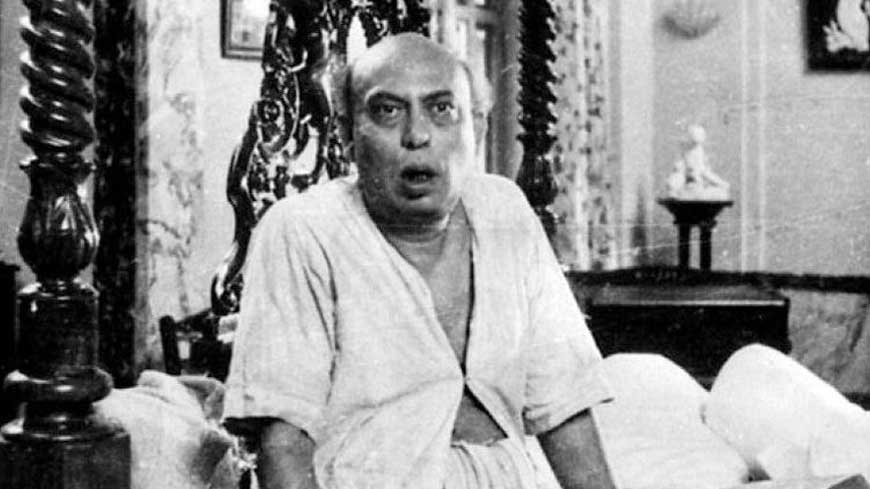
The neighbouring lane next to Kailash Bose Lane is Gopal Banerjee Lane, the residence of the former Vice Chancellor of Visva Bharati University, renowned educator and author, Nimaisadhan Basu. Pandit Murarimohan Vedanta-teertha, another intellectual educator, also lived in the same lane. A stone’s throw away from here, near Shibpur Market is the residence of ‘Padmashri’ awardee cartoonist, Narayan Debnath. Close to his house is another ‘Padmashri’ awardee, well-known journalist and radio announcer, Barun Majumdar’s house. In the vicinity lived Olympian swimmer Sachin Nag in Beni Mitra Lane. He who won a Gold Medal in swimming in the 1951 Asian Games, a record that remains unbroken even after so many decades.
At Kasundia, a neighbourhood of Khurut lived renowned homoeopath physician, Dr Bholanath Chakraborty in Lalit Mitra Lane. His son, Rathin Chakraborty, the erstwhile Mayor of Howrah, said, he had named a park after the brilliant actor and affirms that any move to preserve his memory would be a very positive initiative and he would be only too glad to be part of the action plan. In the neighbouring Madhav Ghosh Lane resides ‘Arjun’ awardee weightlifter Lakshmikanta Das. Das repents and says it is a shame for us that a genius of the stature of Tulsi Chakraborty, a man who enriched Bengali cinema with his brilliant acting, had to spend the last part of his life in abject poverty. He lacked funds to undergo treatment!
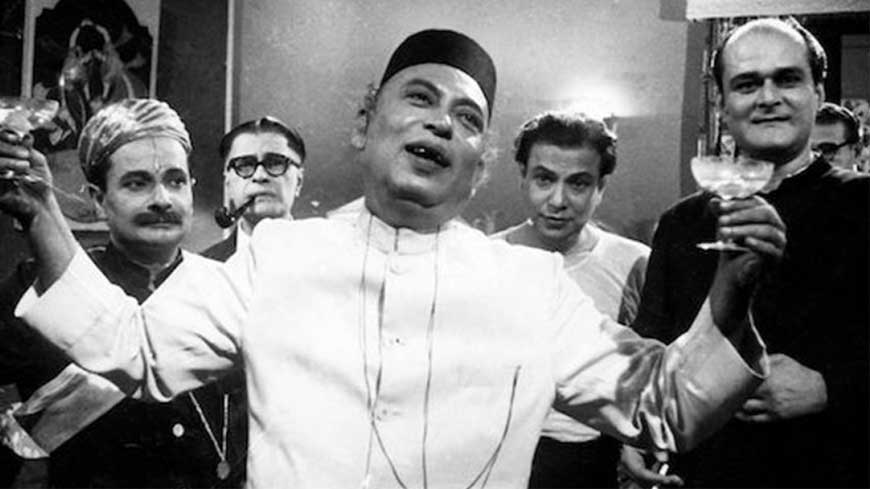
On the occasion of Chakraborty’s 122nd birth anniversary on March 3, residents of Khurut in central Howrah demanded the house No 2 on Kailash Bose Third By-lane, where the actor lived and breathed his last, be declared a heritage building. This would ensure proper upkeep of the rickety structure that lies in ruins now.
Well-known author of children’s novels and creator of the famous five teenage sleuths, ‘Pandav Goyenda’ Sasthipada Chattopadhyay was Chakraborty’s neighbor in his childhood. The octogenarian’s eyes shine as he reminisces about his ‘Tulsi Jethu.’ The author confessed, he used to be petrified of ‘Tulsi Jethu.’ A look at his huge hefty body and large eyes was enough to prompt Chattopadhyay to run for safe shelter. If Tulsi ‘Jethu’ ever picked him up, Chattopadhyay would howl and cry in fear. But gradually, as he grew up, he struck camaraderie with Chakraborty. During their ‘Para’ Durga Puja at Khurut Sasthitola, Chakraborty would lift the drum and play and the young author danced in gay abandon.
Hope the government will take initiative to preserve his residence and brand it a heritage building to keep memories of the great actor alive.










